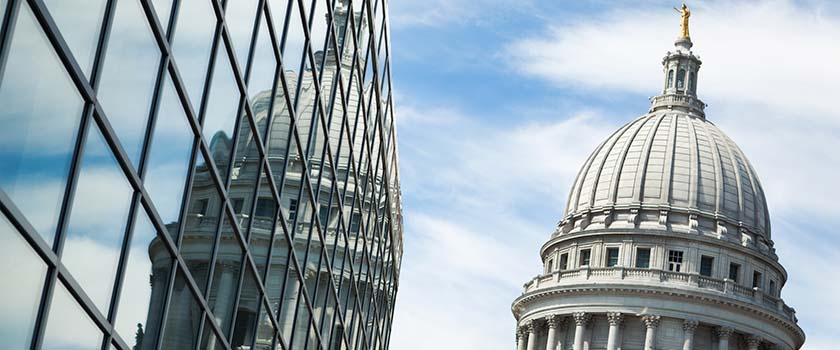Asian markets are being slow to emerge from lockdown, despite the rest of the world gradually opening up its economies again. The reasons for this have much to do with low vaccination rates, but also with governance. A growth gap between developed and emerging markets is beginning to appear.
While Europe and North America have gradually reopened their economies over the summer, largely thanks to rising vaccination rates, a host of travel restrictions remains firmly in place across Asia. In particular, Japan made headlines for banning spectators from the Summer Olympics in July, while in August, New Zealand locked down the entire country over a single case of COVID-19. So far in September, New Zealand is still locked down due to a rise in cases, as are parts of Australia. Meanwhile, the Hong Kong government has extended its quarantine requirement to 21 days for international travellers – the longest in the world.
Why are Asian governments so adamant in pursuing zero tolerance? High population density in Asian cities is one explanation, compounded by low vaccination rates in several large, domestically-oriented economies, such as India, Indonesia, the Philippines and Thailand. At the same time, China’s Sinovac and Sinopharm, as well as India’s Covaxin vaccines are less effective than some of their peers. Poor governance is another factor: in some cases, insularity has led to false perceptions of “safety” and given rise to complacency. Last, while the healthcare systems of Asia’s developed markets are able to cope with high cases of COVID-19, the region’s emerging economies are not as well prepared.
Divergence between emerging and developed markets in Asia
Against this backdrop, Singapore emerges as a bright spot, with nearly 80% of its population being fully vaccinated. Despite experiencing rising cases, it has announced quarantine-free travel with selected regions and is gearing up towards economic reopening. Thanks to an expected pickup in domestic consumption, it may well exceed its GDP growth forecasts for Q4 2021 and the first half of 2022.
Consequently, we have raised our 2021 growth forecasts for Hong Kong, Singapore, South Korea and Taiwan, and lowered them for the whole of Asia from 6.5% to 6.3%, due to a downgrade of China’s GDP growth estimate from 8.6% to 8.2%, as well as weaker expected growth in the consumption-oriented economies of India, Indonesia, Thailand and the Philippines.
We are also observing divergent monetary policies. The Bank of Korea hiked rates to 0.75% in August due to the financial risks linked to rising real-estate prices and growing household debt, which, at 105% of GDP, is amongst the highest in Asia. Australia and New Zealand are expected to follow suit by tightening their accommodative monetary policies before the end of the year.
In contrast, central banks in Asian emerging markets are maintaining their accommodative stances, even though their ability to deliver monetary support will be constrained by the Federal Reserve’s tapering plans, as well as higher imported inflation.
Implications for investors
As a result of weaker growth, low vaccination rates and diverging monetary policies, we expect emerging Asian markets to keep seeing portfolio outflows, resulting in sustained depreciatory pressures for some of these markets throughout the remainder of the year.
The good news is that most Asian markets benefit from low foreign holdings of domestic assets, with the exceptions of Indonesia and Thailand, as well as widening account surpluses, apart from India and Indonesia, where small deficits persist.
A reversal in conditions will take place if more progress is made on the vaccine front or if the Fed pushes rate hikes further into the future. Meanwhile, developed Asian markets will benefit from an economic reopening, likely supporting risk assets in the region. Singapore has emerged as a clear winner, but we also expect sustained upside in Japan, South Korea and Hong Kong for the rest of the year.









